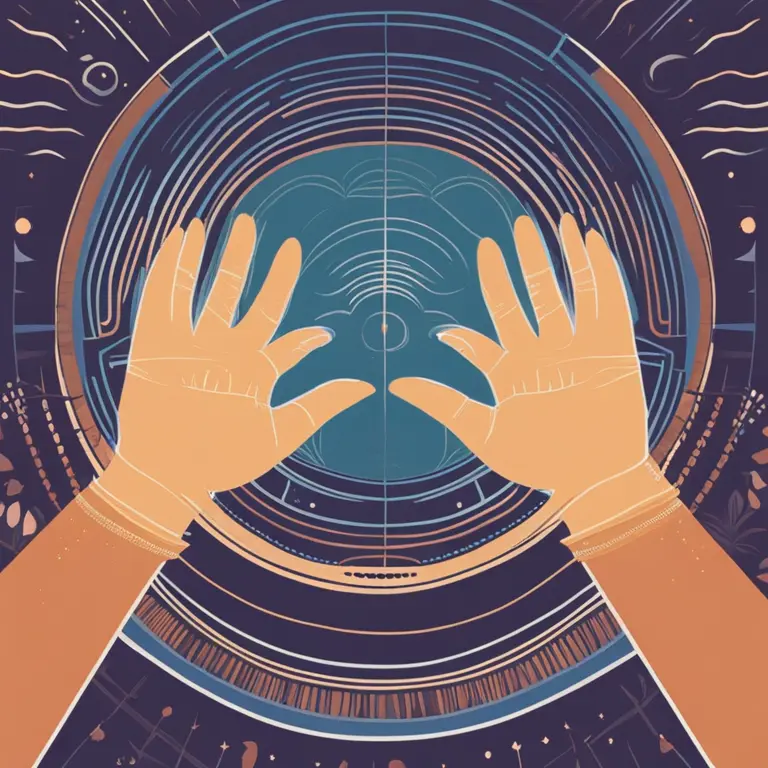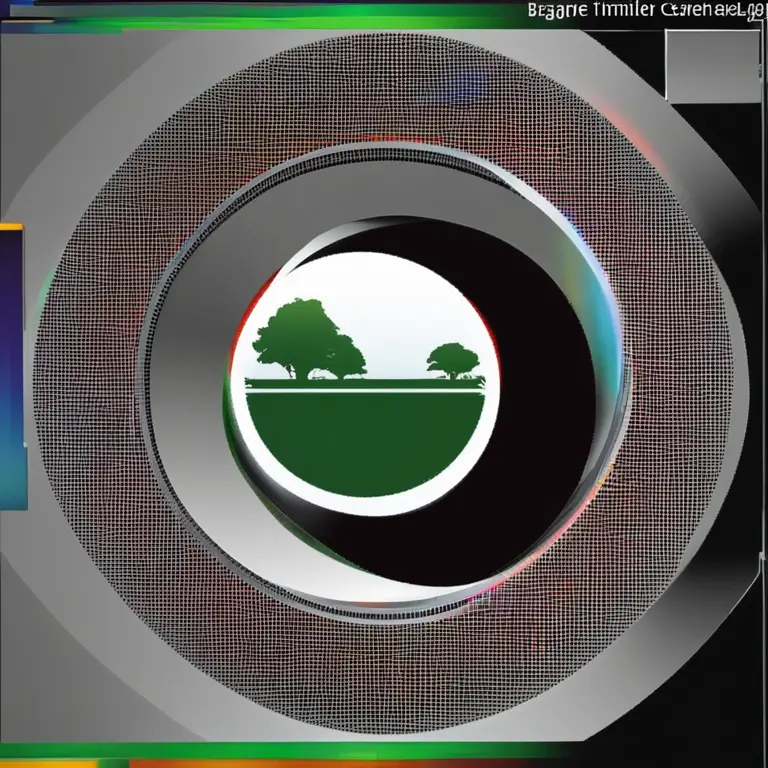
Exploring Baby Lines in Palmistry
Delve into the mystical realm of palmistry by learning about the significance of baby lines on your hands and what they reveal about your potential for parenthood.
article by Nora Pennington
Palmistry's Introduction to Baby Lines
Palmistry, or chiromancy, is the art of interpreting lines and features on the hands to glean insights into an individual's personality or future. Among the many lines considered in a palm reading, baby lines are particularly fascinating. Located below the pinky finger or on the mount of Mercury, these delicate lines denote children or the potential for offspring. This article offers a glimpse into the mysterious world of palmistry through the lens of baby lines, enhancing our understanding of this ancient practice as it intersects with modern interpretations.

The Significance of Baby Lines
Baby lines are traditionally believed to represent children in a person's life, either biological or adopted. In palmistry, the presence and clarity of these lines are considered to reflect the potential for having children and the relationships with them. A deeper or clearly marked line can indicate a strong bond or significant impact of a child in the person's life, while faint lines may suggest children that are not biologically related or ones that will come into the individual's life in other ways.

Interpreting the Number of Lines
When examining the baby lines, the number of lines can be a point of interest. Each line is often associated with a child or a significant young individual in one’s life. It's crucial to approach this with an open mind, as not every line necessarily translates to a future child—the lines can also symbolize significant projects, creations, or legacies that one might lead or create.

Analyzing Line Depth and Length
The depth and length of baby lines are also paramount in palm reading. Deeper lines suggest a more significant impact or presence of the child or concept they represent. Conversely, shorter and shallower lines may hint at transient relationships or a less pronounced role. Palmists pay careful attention to these attributes to provide nuanced readings to those curious about their hands' stories.

The Role of Modern Palmistry
In contemporary times, palmistry is viewed through both mystical and psychological lenses. Many enthusiasts value the personal reflection it encourages, seeing it as a form of self-discovery rather than a definitive prediction of the future. Palm readers in 2024 respect both the tradition and the personal narratives of their clients, recognizing that the interpretation of palm lines can be a personal and subjective practice.
Differentiating Fact from Fiction
As with any esoteric field, skepticism around palmistry persists, particularly regarding baby lines. Critics argue the subjective nature of this practice and warn against taking any reading as a guarantee of future events. Nevertheless, for believers and those interested in the symbolic stories told by our hands, palm readings continue to offer comfort, insight, and an element of fun as we ponder life's mysteries.
The Cultural Tapestry of Palmistry
Palmistry boasts a rich cultural tapestry, with roots spanning across different regions worldwide. Each culture has added its interpretation and nuances to the practice, demonstrating the flexible and evolving nature of palmistry. As it stands in 2024, palmistry embodies both historical significance and ongoing relevance, blending ancient lore with contemporary understanding for an enriched narrative of personal growth and introspection.
Published: 1/11/2024
Modified: 1/12/2024
More predictions
Come back here soon to learn more about yourself and your future


The Essence of Palmistry: Interpreting Lines and Shapes
Delve into the world of palmistry to discover the meanings behind the lines and shapes etched into the palms of your hands.


The Efficacy of Palmistry: Real Insight or Fancy?
Delve into the validity of palmistry as a form of divination. Is there a truth behind the lines on our palms, or is it just a charming fancy?


Palmistry: The Historical Overview
Delve into the dawn of palmistry and trace its journey through the corridors of time, uncovering the roots of this ancient practice.